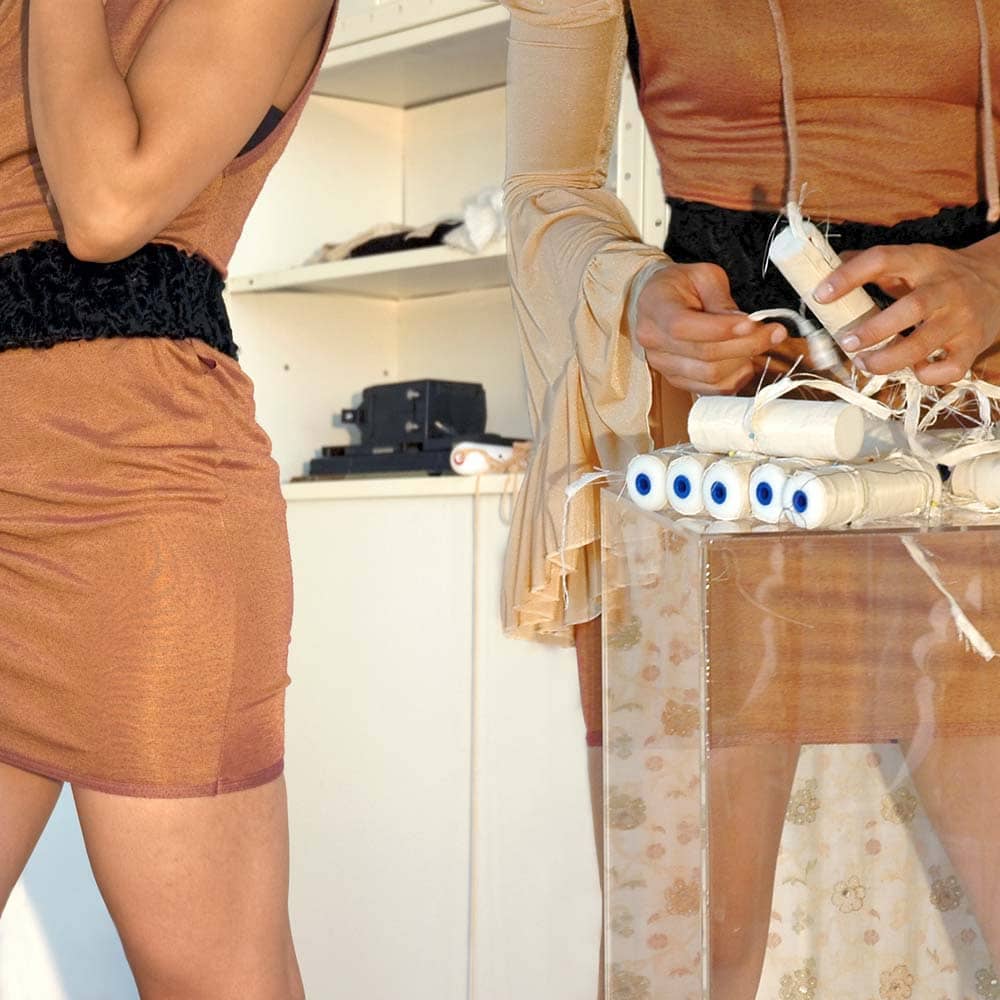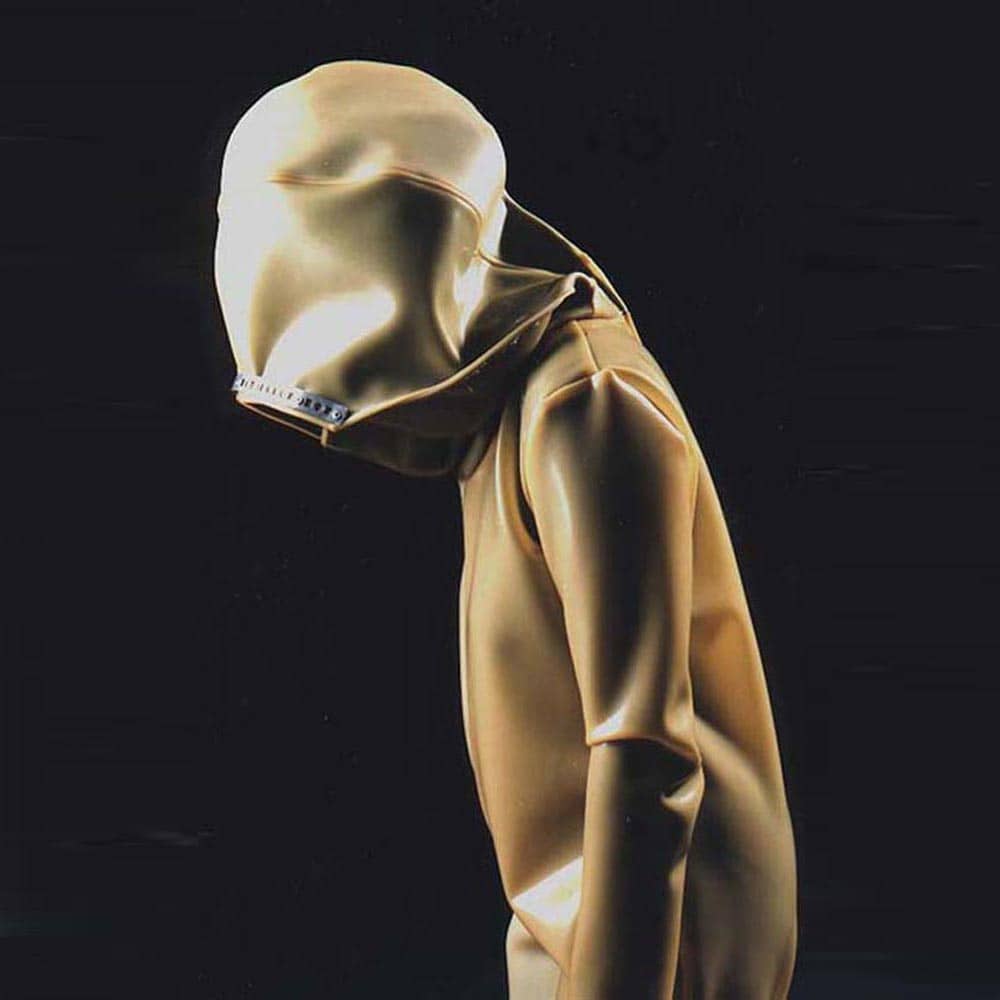“I use photography as a medium to explore the overlapping of physically tangible and virtual bodies, objects and spaces.”
Margret Wibmer offers the viewer several options to viewing her work: she explores our relationship to everyday technical objects, invented to technically master the world, replacing each other at an ever faster pace. Jean Baudrillard has pointed to the problem of the fragility and transience of objects as a constant source of disappointment in a “destruction of objects organized by consumer society“.
While the series “The girl and her object” was taken in the anonymity of the studio, from about 2009 pictures have been taken at various real world locations. However, Margret Wibmer gives only fragmentary references to places, events, to historical and cultural references. The images have also become more narrative, even if the events remain largely enigmatic in the sense of the indifference and multiple ways of viewing suggested above.
Wibmer combines found things, materials, and spaces that are not obviously related, constructing a “new world”. In doing so, she refers to the diversity of cultural systems, but also to a globalized market, and also brings herself into a postcolonial debate because she questions Eurocentric orders of knowledge and systems of representation.
As an artist, Margret Wibmer opens up new geographical and transnational spaces. While Japanism of the late 19th century was influential for European modernism as a broad but primarily formal phenomenon (for example, in the meaning of the outline), here, in the tradition of a trans-cultural modernism, the idea of a post-Eurocentric art emerges from cross-cultural contacts and personal relationships.
(from ‘Ready Maids’ by Günther Moschig)

 REPHRASE
REPHRASE RELAY
RELAY JAPAN SERIES
JAPAN SERIES INFINITE PLAY
INFINITE PLAY CHINA SERIES
CHINA SERIES NO QUESTION ASKED
NO QUESTION ASKED ANSICHT
ANSICHT BLACK SPACES
BLACK SPACES THE BASEMENT
THE BASEMENT THE GIRL AND HER OBJECT
THE GIRL AND HER OBJECT THRESHOLD
THRESHOLD OCCUPATION
OCCUPATION PERFORMANCE FOR NO AUDIENCE
PERFORMANCE FOR NO AUDIENCE DREAMCATCHER
DREAMCATCHER POSINGS
POSINGS